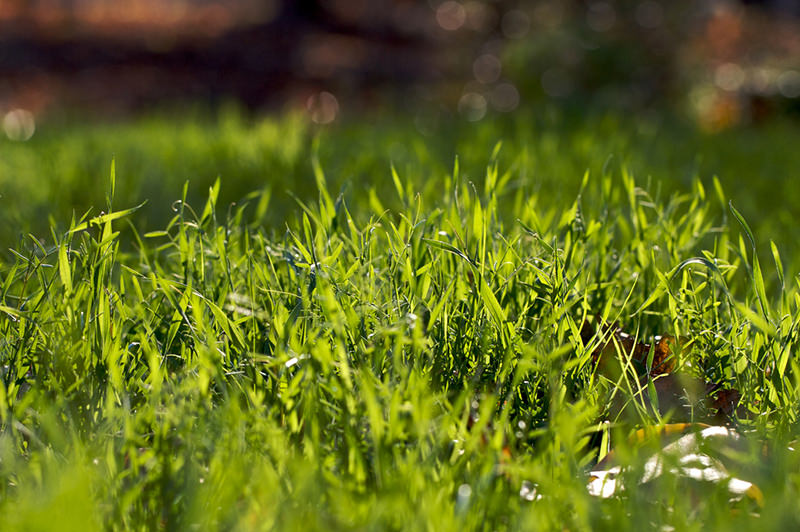
Fall is here, and it’s time to put the garden to bed for winter. Want to start next year’s growing season ahead of the game? Here are nine tips for cleaning up the garden and getting ahead for next year.
1. Record Your Garden Layout

If you haven’t recorded your garden layout yet, now is the time to do it before spent crops are removed. Record it while you can still remember! This will make it easier to plan next year’s crop rotation for reducing pests and avoiding nutrient deficiencies.
2. Make a Fall Harvest

You’ve worked hard in the garden all season, so take advantage of the earth’s bounty and make that last harvest before cleaning up.
3. Save Seeds

Harvesting seeds is a different kind of harvest, but it’s just as useful as harvesting the produce. Saving your own seeds from crops and flowers that produced well will help you develop varieties that are adapted to your specific growing conditions.
4. Remove Spent Plants

There are two schools of thought about spent plants: One is that they should all be ripped up and added to the compost pile in order to reduce the workload for next year’s spring garden. The other school of thought is that spent plants should be left in place to biodegrade.
I take a middle-of-the-road approach: I cut plants off at the base, leaving the roots intact and adding the spent plants to the compost pile. This way, soil amendments and mulch can be easily added to the beds, but the roots are left in place to enrich the soil.
There are two additional considerations when cleaning up plants. Plants that were diseased or bothered by pests should be pulled up completely and discarded in the garbage or burned in order to reduce overwintering of “bad” organisms. Also, many gardeners leave the roots of legumes (beans and peas) intact in order to enrich the soil with nitrogen. If you would like to experiment with this, simply cut the plants at the base, leaving the roots and adding the plant matter to the compost pile.
5. Weed the Garden

Now that the garden is cleared out, it’s easy to spot and remove weeds, another tip for saving time in the spring. Most weeds will make an excellent addition to the compost pile, but there are a few types of weeds that I pull up and leave right on top of the soil. Weeds like clover, dandelion, chickweed, lamb’s quarters, plantain and purslane will actually enrich the garden soil with nutrients.
6. Loosen the Soil With a Digging Fork

This is a helpful step for maintaining the no-till garden. Loosening the soil (without turning it over) will help aerate it and improve its absorption capacity of winter rain. This isn’t a good time to till, however, as it can increase erosion by destroying worm tunnels and beneficial fungal networks that help to hold the soil together over the winter.
7. Add Finished Compost and Maintain the Compost Pile

It’s a good idea to do some maintenance on the compost pile before it freezes over the winter. This works out well because it’s also a good time to add finished compost to the garden to prepare for spring planting. Add any additional soil amendments to the garden along with the compost.
Now turn the compost pile with the added weeds and spent plants. This aeration will help to speed up the composting process.
8. Sow a Cover Crop or Apply Manure

Winter cover crops fertilize the garden, increase microorganism activity, reduce erosion, break up compacted soil and aerate it, and outcompete early spring weeds. Many types of cover crops will die back on their own, making spring planting easy, while other cover crops will need to be cut back and turned into the soil about three weeks before planting. The organic matter will help to condition the soil. No-till gardeners should seek out non-grass type cover crops that are more easily turned into the soil by hand.
Alternatively, livestock manure can be applied and turned into the soil in the fall. Manure fertilizes and conditions the soil while increasing biological activity.
9. Mulch Garden Beds With Shredded Leaf Mold or Straw

Mulching garden beds will help to protect soil microorganisms, worms and overwintering beneficial insects. It will also help to prevent erosion. Leaf mold is shredded leaves that have composted for at least a year, and ideally up to three years. Straw can be used in place of leaf mold, but seek out chemical-free straw from organic operations, as conventional straw is known to contain herbicide residues that can be persistent and reduce germination rates and plant vigor. Cover crops will not need mulched, but be sure to mulch (non-cover-cropped) annual beds, including overwintering garlic and other vegetables. Perennials should also be mulched with leaf mold, straw or wood chips.
Now is a good time to rake up this year’s leaves, shred them and begin to make leaf mold for next year.
These nine tips will improve the health of your garden and give you a head start on next year’s spring garden. What steps do you take in the fall to improve your garden’s health?





